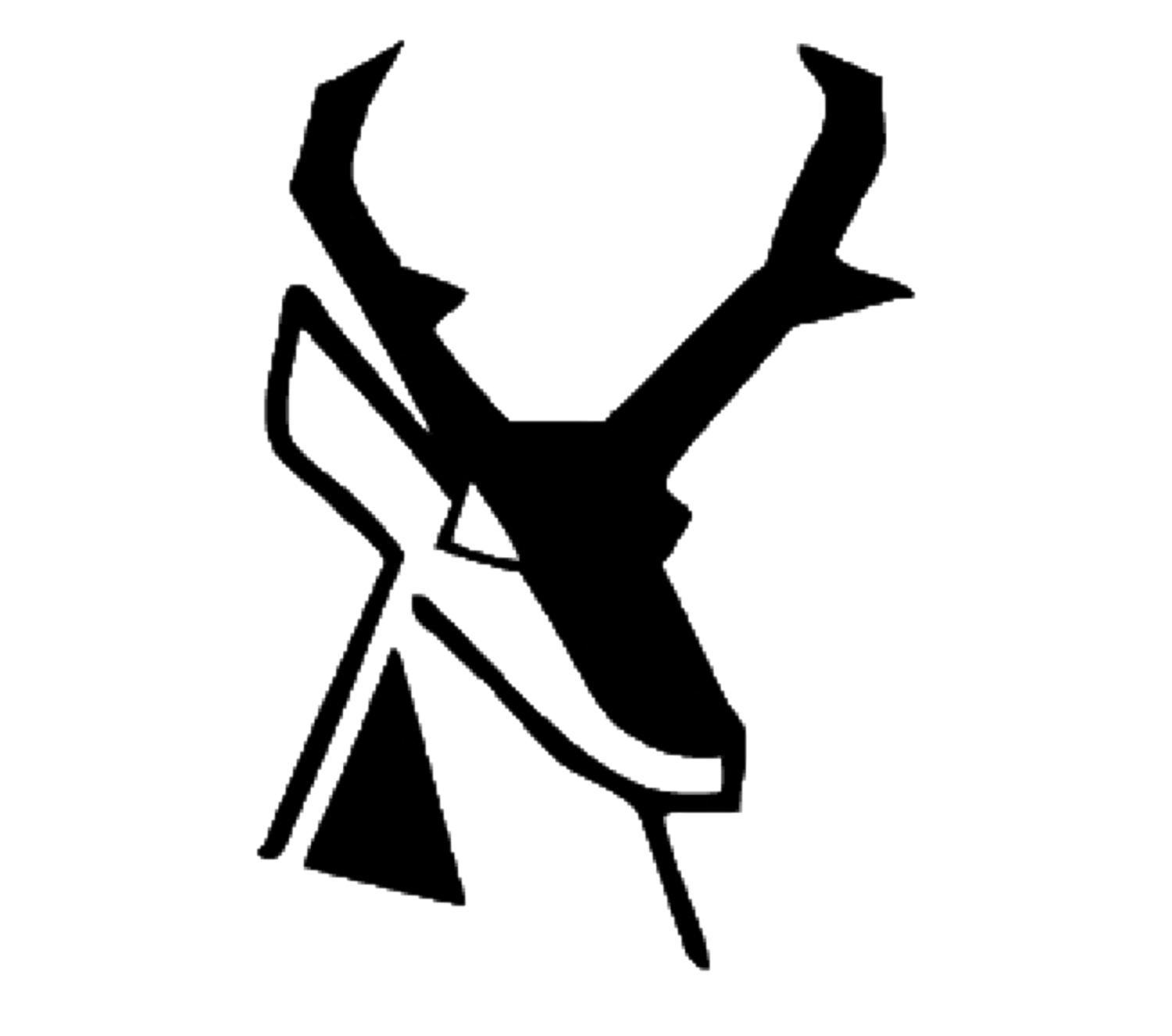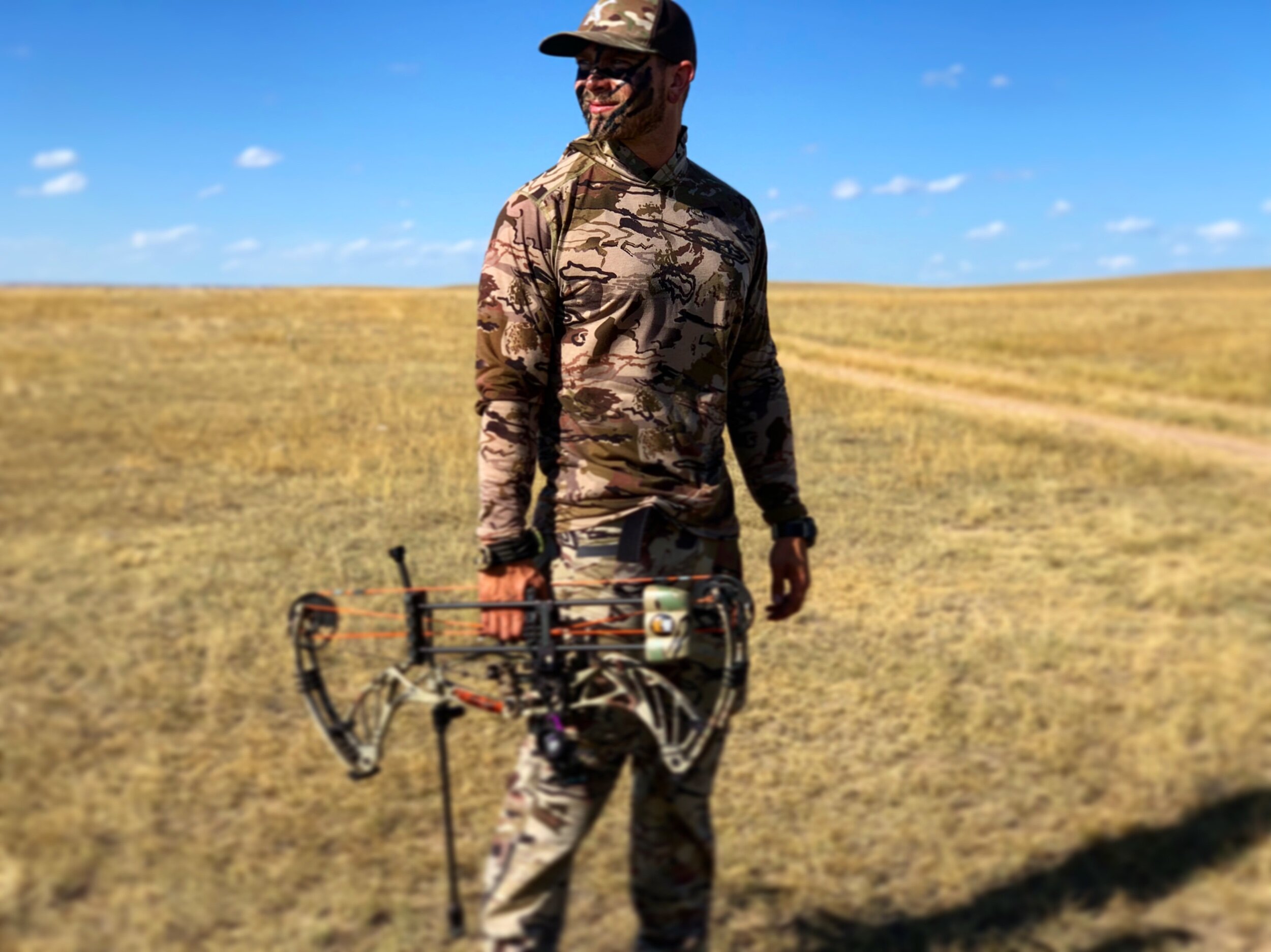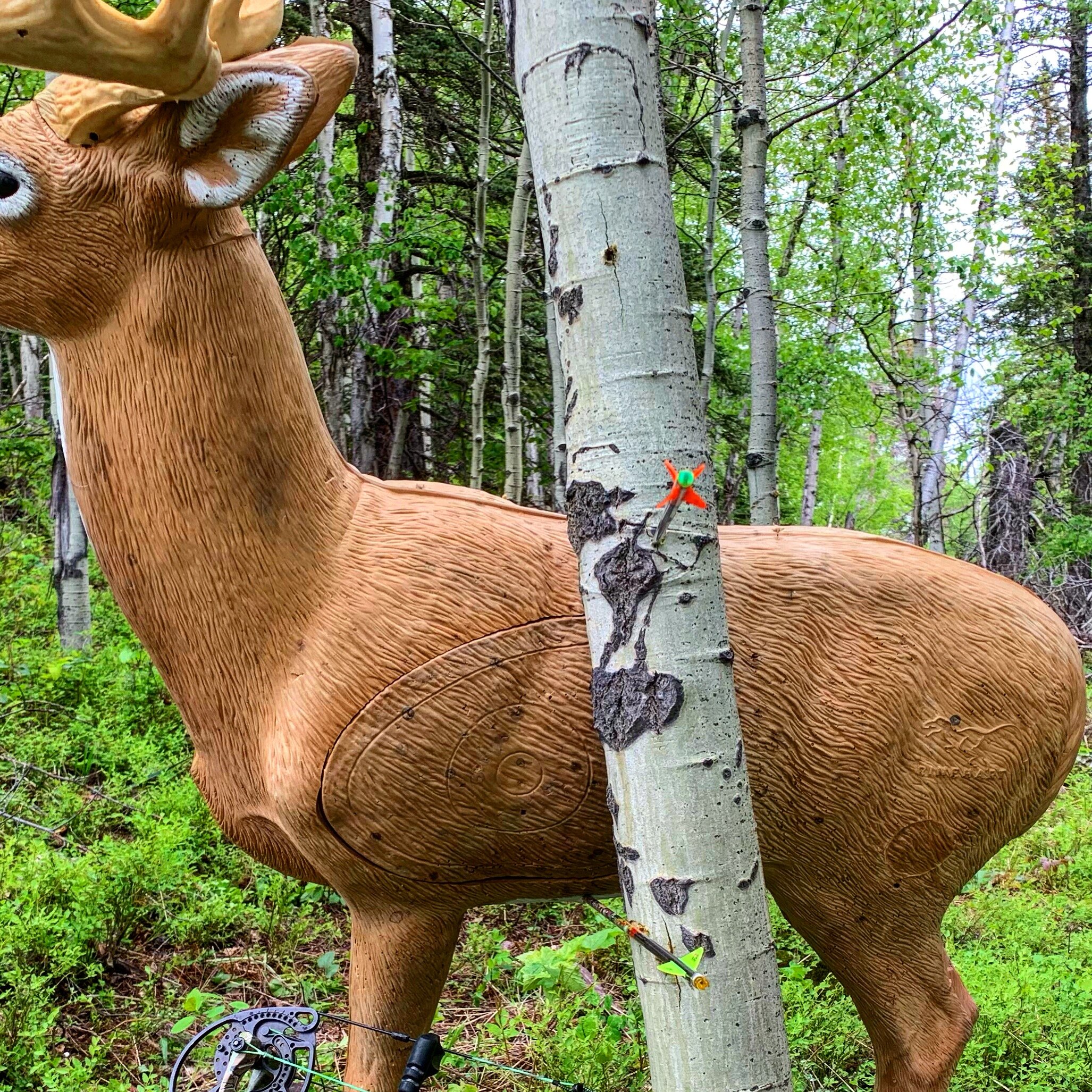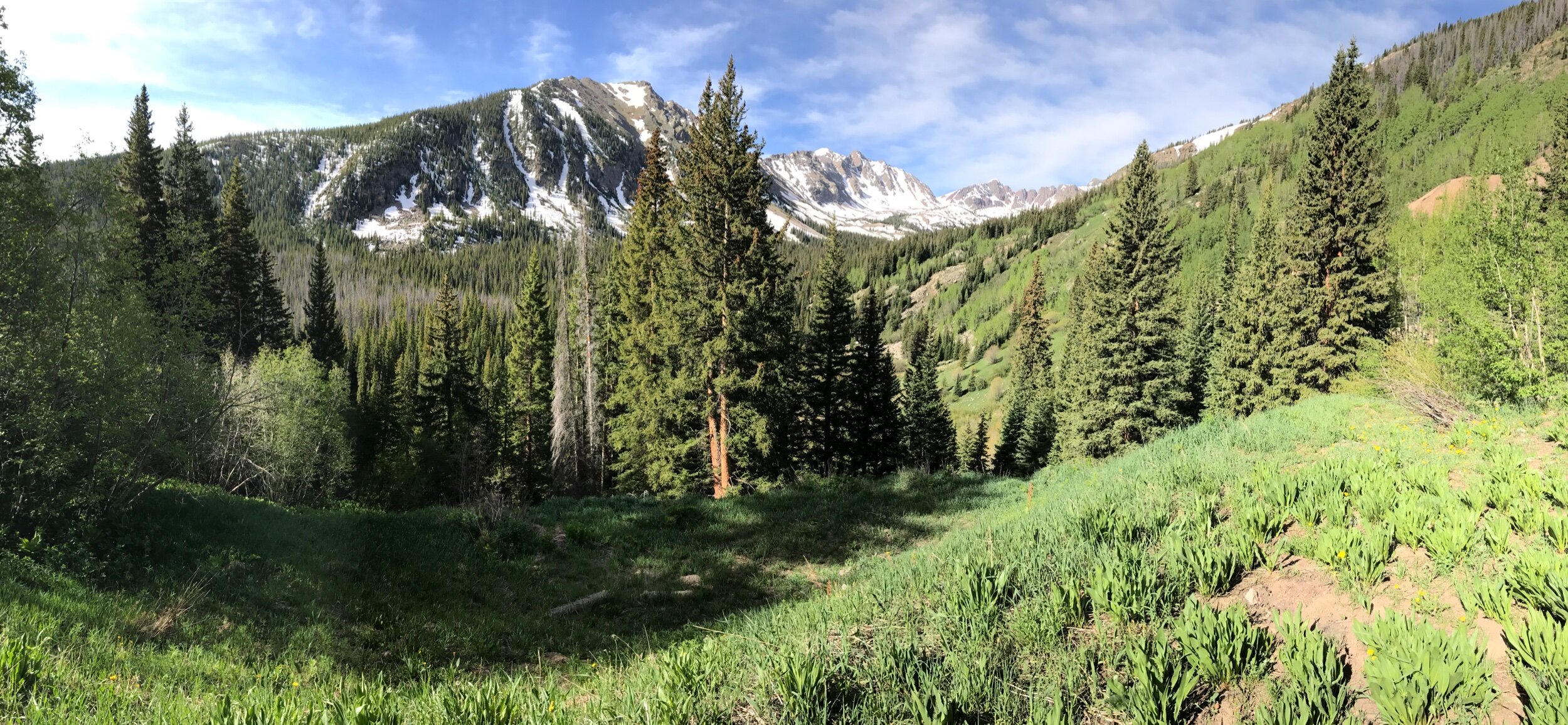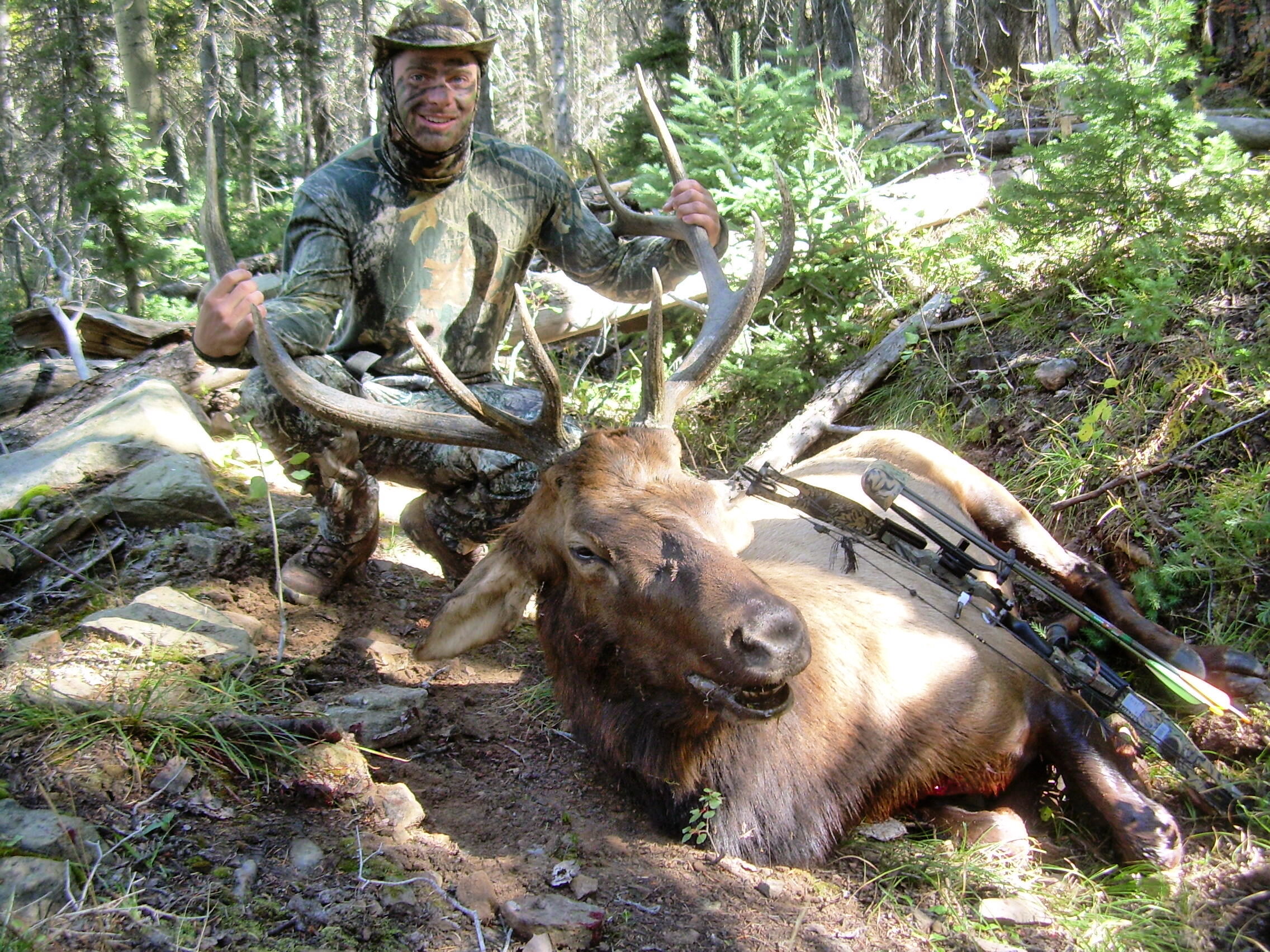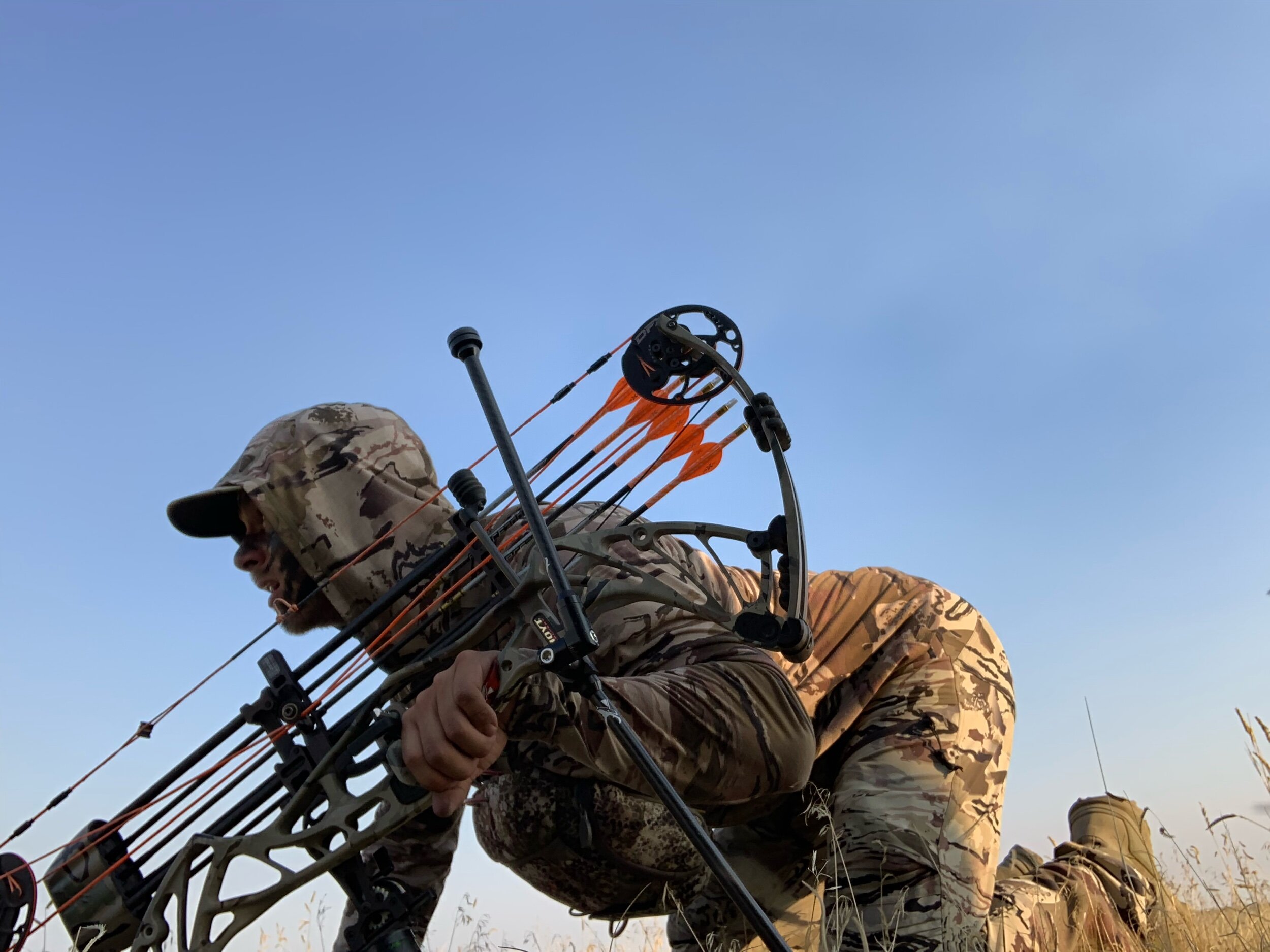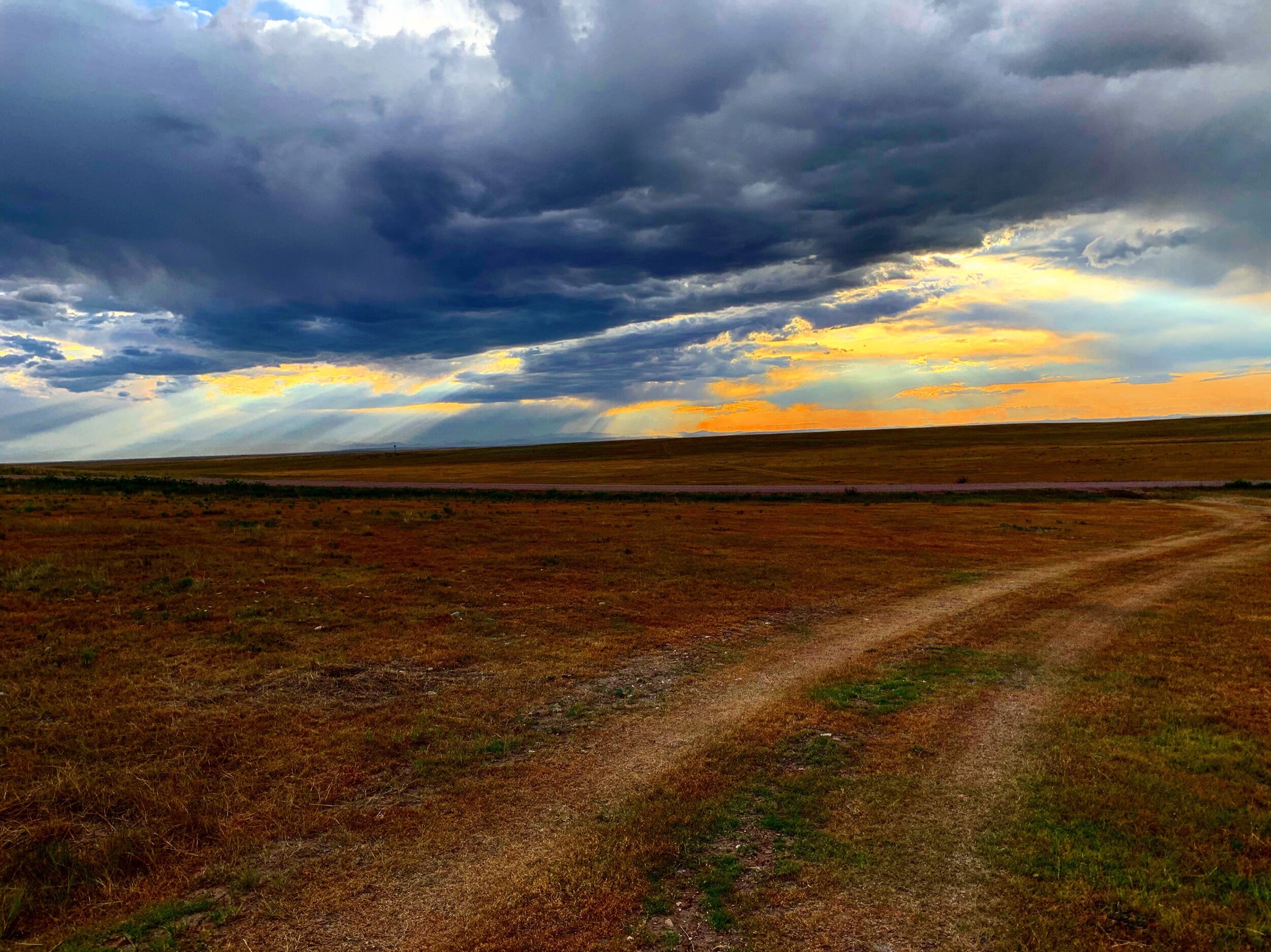Success in bowhunting comes to those of us who can persevere through challenges and pitfalls that often encompass an archery hunting season. For many of us, sharing the stories of triumph and success come easy. What we do not often do is address, or even more seldom, share the stories of our failed hunts. In this article I will be reliving all of the most memorable misses, blown shots, and situations that I simply screwed up. My hope is that the reader will learn from my mistakes and take something useful from them.
September, 2006:
The woods were dark as my father and I left camp in pursuit of elk, the moonless sky echoed the darkness over the plateau as our legs carried us into the void. Dawn broke just as we hit the timber and began to approach the trail that went to our secret “elk hole”. A small opening became visible in front of us with a row of chest high pines on our right, forming a corner to go around to make the meadow fully visible. Upon hitting the second to last tree, I saw him. The largest bull elk I had seen in my young life stood broadside at 15 yards. Main beams sweeping back for what seemed like an eternity, brow tines well over 16 inches in length hooked up towards the twilight sky. I ducked down behind the trees to nock an arrow, as I rose the bull took off. Had I nocked an arrow without moving my entire body I could’ve at least had a shot opportunity, but in my inexperienced nature, I blew it. It is important when approaching an animal that can see you to move as slowly and as little as possible. Their eyes are made to pick out movement, so remaining still as long as necessary is crucial to getting a shot opportunity.
August 2019:
The dawn had just broken as I arose from the memory foam bed roll in the back of my 4Runner. The sun had yet to cast it’s rays onto the prairie grasses. As I stood outside admiring the view and thinking about the day’s hunt, a truck approached from the oil worker camp to my north. He called out from his window “do you have a buck tag? There’s a nice buck right off the road at the bottom of the hill.” I replied with a yes and headed down the road to the lip of the hill. As I got closer, I dove off the road into the ditch on the right side. Upon arriving at the lip, I looked out into the vast prairie to be rewarded with nothing. I took a few more steps to confirm, and there he was, a very respectable 70” pronghorn buck at the very base of the hill, looking right at me. I ranged, 104 yards, nocked an arrow, got to full draw, and released. I had committed the cardinal sin of archery, peeking up from behind my peep right after the shot broke. The arrow hit in the dirt at the buck’s feet. No matter the situation and how close or far your target might be, it is vital to always pick a spot, the smaller the better. I also could have potentially gotten closer if I had played the situation more cautiously, however, I didn’t know how to interpret the fellow in the truck’s word. Nonetheless, always assume the animal you had located is still there until you can confirm they aren’t.
August 2017:
Opening day of archery deer season in Colorado had arrived just as I had to the familiar trailhead of the backcountry basin I had spent all summer scouting. The early morning air was cool, anticipation and excitement buzzed through my mind as I laced up my boots and strapped on my pack. I hiked in just under two miles when I was greeted by a pair of hunters on horseback. The were stopped on the trail at the bottom of an immensely steep hillside covered in aspens. The sun’s rays had just begun to cut through the trees, casting long shadows that made spotting anything nearly impossible. The hunter leading the pair asked if I had a deer tag, of course I said yes. As they were hunting elk, he revealed to me that he had spotted a nice 4x4 muley buck bedded on the hillside 200 yards off the trail. After several minutes of looking with his assistance, I finally saw the deer, bedded down, only his head visible. I wondered how the heck he spotted that buck! My amazement subsided and I began to formulate a plan, slowly walking back the way I came, using the pair of horseback hunters as cover to get around the bend of the hill out of the buck’s view. I then ran down the trail, arriving at a cut in the hillside large enough to hide my approach. I began working back towards the buck, glassing every few steps until I crested a small rise, another smaller buck was bedded down with the large buck, and was staring right at me, I froze. The buck eventually turned away and forgot about me, so I removed my pack, nocked an arrow and got down to all fours. I was even with the bucks in elevation, the smaller buck was at 85 yards, the larger one was several yards beyond him. Painstakingly slow was my progress as I inched closer in the hip high grass, trying to keep a tree between us. I rose to my knees and saw the smaller buck was now up and feeding. I began crawling forward, stopping behind a tree to glass, the large buck was now also standing, staring at me. The gig was up and soon then both bounced off after a loud snort. The lesson here is patience. My approach could have been much more calculated and slow, but the excitement of stalking in on a buck got the better of me and I pushed the issue. The correct thing to do in that instance would’ve been to simply observe the bucks and wait for them to make the move. I was in a good spot to stay downwind and the thermals would not be a problem since I was at the same elevation as the deer. Lesson learned, as Brian Barney says, “patience kills the buck.”
August 2018:
After fourteen days of hunting an over the counter unit for antelope in northeastern Colorado, my last day to hunt had arrived. Dozens of stalks had come and gone and I found myself sitting atop the roof of my Camry, glassing the expanses for signs of pronghorn. I glassed to the north, a fence line cut across the top of a plateau and dropped down into a prairie dog town. A flash of white and tan caught my eye. As I focused in, I saw a buck chasing two does, game time. If I drove down the road another 500 yards, I could park out of sight of them, my car being behind a large rolling hill. I got out, bow in hand, and dropped down into the small valley, prairie dogs barked as I walked past, surely tipping off the antelope that I was approaching. I arrived at the base of the plateau, only 15 feet of elevation different from where I was in the bottom, but spot and stalk antelope hunting is a game of inches. At the top lip was a hip high yucca bush, I belly crawled up to the bush, the antelope were still there and had no idea I was there! The does were walking directly at me, the buck trailing 75 yards behind them. I rose to my knees next to the bush, the does arrived at the lip to my right, my rangefinder said 39 yards. They continued towards me, eventually spotting me and running out to the buck. I now had his attention, he came straight to me, I ranged multiple times, 117, 96, 79. My fast eddie double pin was set for 67 and 79. He kept coming, I ranged one last time, 69. I came to full draw as I counted two more steps that he took. As he turned broadside, I began to settle my pin, the shot broke and I saw my arrow impact the ground right behind where the buck was standing, he had literally ran out of the way of my arrow! Shooting 278 feet per second, my arrow got there in .75 seconds. The lesson here is, antelope are really REALLY fast. I licked my wounds and went home to a cold bowl of tag soup.
November 2019: I saved the best (worst) for last.
The afternoon started slow, I was sitting in a tripod stand, overlooking river bottom to the west with a large CRP field behind me. The tripod stand offered zero cover and in all honesty, was set up for rifle hunters. Coming off of a successful Nebraska hunt, my confidence was high as I sat there in the fading daylight, silence echoing through the unseasonably warm air, it was 76 degrees in north Kansas, on November 20th. The evening was boring but peaceful until 5:21pm. I saw him coming from the south, a flash of ivory through the scrub brush, appearing and vanishing with the contours of the terrain. Then I got a good look at him, a GIANT 8 point buck. He was walking the edge of the CRP field dropping down into the scrub brush just outside the tree line. I rose to my feet when he walked behind a large clump of bushes a hundred yards away. There was a large white bloom on a bush in front of me, my rangefinder told me it was 44 yards away. The buck continued on his path towards my shooting lane. One last large bush allowed me to get to full draw. The buck stopped and ATE the blossom I ranged, I knew exactly how far he was. He took two more steps, the stopped again, my pin settled behind his shoulder. There’s a moment at full draw, right when you know the shot is going to break and you can feel the sear of the release let go to send the arrow on it’s way. At that very moment, I saw the buck take a step. My arrow impacted behind the last rib, not where you want to hit a whitetail. As I watched my green lighted nock bounce away through the trees, I felt sick. I knew I had hit that deer poorly and he was going to suffer. We backed out for the evening to begin tracking at first light. We followed blood for nearly a mile, eventually losing the trail onto a neighboring property we couldn’t access. The feeling of disappointment, anguish, and failure weighed increasingly heavy on my mind. As a hunter, we want to provide the quickest, most ethical kill we can, and unfortunately, that simply does not always happen. The lesson here is that bowhunting is hard!
No matter how many arrows you shoot in preparation for hunting season, how well tuned your bow may be, how excellent your shooting form and mechanics are, the animals don’t always read the script. It is up to us as hunters to put in the effort to be as ethical and respectful as we can, but the ways of the wild are unpredictable. Situational ethics are a very difficult concept to convey through words and paragraphs, but time afield, and experience in the wild will teach you when and when not to let an arrow fly. Hindsight is always 20/20, and given the opportunity, I would approach each of these situations with the added knowledge of situations past. In the end, if you haven’t missed a shot, lost an animal, or blown a stalk, you haven’t been hunting long enough. It’s part of the journey, and as long as you learn from your mistakes and implement those lessons, you will always be a better hunter than you were before.
